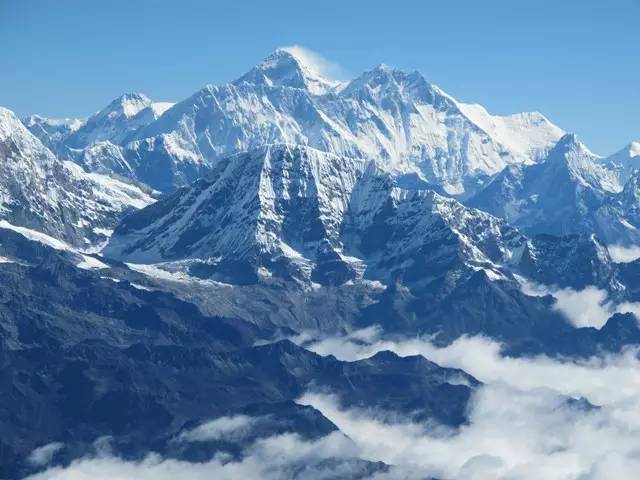It was while puzzling over these matters that Hutton had a series of exceptional insights. From looking at his own farmland, he could see that soil was created by the erosion of rocks and that particles of this soil were continually washed away and carried off by streams and rivers and redeposited elsewhere. He realized that if such a process were carried to its natural conclusion then Earth would eventually be worn quite smooth. Yet everywhere around him there were hills. Clearly there had to be some additional process, some form of renewal and uplift, that created new hills and mountains to keep the cycle going.
就是在考慮這些問題的過程中,赫頓提出了一系列不同凡響的見解。他朝自己的農田一看,只見巖石經過腐蝕變成了土壤,土壤粒子被溪水和河水沖刷,帶到別處沉積下來。他意識到,要是這個過程持續到地球的自然滅亡之時,那么地球最終會被磨得非常光滑。然而,他身邊到處是丘陵。顯而易見,肯定還有某種別的過程,某種形式的更新和隆起,創造了新的丘陵和新的大山,不停地如此循環。

The marine fossils on mountaintops, he decided, had not been deposited during floods, but had risen along with the mountains themselves. He also deduced that it was heat within the Earth that created new rocks and continents and thrust up mountain chains. It is not too much to say that geologists wouldn't grasp the full implications of this thought for two hundred years, when finally they adopted plate tectonics. Above all, what Hutton's theories suggested was that Earth processes required huge amounts of time, far more than anyone had ever dreamed. There were enough insights here to transform utterly our understanding of the Earth.
他認為,山頂上的海洋生物化石不是發洪水期間沉積的,而是跟大山本身一起隆起來的。他還推測,是地球內部的地熱創造了新的巖石和大陸,頂起了新的山脈。說得客氣一點,地質學家不愿意理解這種見解的全部含義,直到200年之后。這時候,他們終于采納了板塊構造論。赫頓的理論尤其提出,形成地球的過程需要很長時間,比任何人想像的還要長得多。這里面有好多深刻的見解,足以徹底改變我們對這顆行星的認識。











